 Your new post is loading...
 Your new post is loading...
Should executives respond when a tweet or unexpected event touches their business or rouses their employees and customers? There are risks and rewards to CEO activism. Weber Shandwick, where I serve as chief reputation officer, and KRC Research surveyed 1,050 senior executives and 2,100 consumers across 21 markets worldwide to find out what people expect from corporate brands. Our research shows that the two biggest factors that influence respondents’ opinions about companies are what customers say about them (88%) and how they react in crisis (85%). In fact, how a company responds to a controversy, including how quickly, is more important in driving public perception about the company than what is said about that company in the media (76%), by employees (76%), on the company’s website (68%), by spokespeople (61%), or in the company’s advertising (61%)....
The Samsung Galaxy Note 7 debacle is a master class in how not to handle a crisis. Much will be investigated in the months ahead. But what I find particularly interesting is how Samsung communicated what was happening at each stage of the crisis.
This weekend, the US DOT banned the Galaxy Note 7 on all US flights, categorizing the phones as “forbidden hazardous material.” It doesn’t get much clearer than that. Yet, just a few days earlier, Samsung portrayed the situation as “temporarily adjusting the production schedule to ensure quality and safety matters.”
The gap between “forbidden hazardous material” and “temporarily adjusting the production schedule” is a massive chasm. A few weeks earlier, Samsung similarly described a “global product recall” as an “exchange program.”...
In September 2015 the Environmental Protection Agency found that many Volkswagen cars sold in the United States were equipped with software that could falsely improve the performance of diesel engines on emissions tests. This cheating was subsequently acknowledged by the car maker.Among the many issues at stake for the company was one of public perception. Anecdotal evidencate at the time of the incident suggested irreparable harm to the Volkswagen brand. So could Volkswagen recover in the short term in this regard? And, the broader question, how can you measure brand perception in times of scandal, particularly in an era where social media can cause negative news to proliferate and reverberate over time? In the absence of direct empirical evidence, we wanted to find a way to tackle this important issue. We began our research with some key questions: How does social media sentiment change as a consequence of a public relations crisis? How does the public react to recovery efforts initiated by the company? How do topics of conversation shift as a consequence of a brand scandal and subsequent recovery efforts?...
What's a little e coli among friends? That's the question US fast-casual dining chain Chipotle will soon be asking its best customers. After publicly eschewing the idea of launching a customer loyalty programme last year, Chipotle executives said on an earnings call last week that they aim to stem the flood of frequent diners abandoning the chain with - wait for it - a loyalty programme. Though the programme is likely to be temporary, Chipotle hopes it will reignite customer passion for bowls and burritos. The problem: Chipotle executives still seem to display a fundamental misunderstanding of the purpose of loyalty programmes.
The announcement was one of the only positives in an earnings call that can only be described as apocalyptic: same store sales fell nearly 30% in the first quarter of 2016 and the company posted a net loss of $26.4 million. The company has tried everything to pull out of the free fall: giving away millions of free burritos, BOGO offers, national advertising campaigns; nothing has worked. Money quote from reporter Virginia Chamlee over at eater.com:
"The aim is to target the most loyal Chipotle consumer — i.e. the one who visits 25 or more times per year. The company saw the largest declines among its top loyal (25+ visits a year) and its 'light' consumers (those that visit two to five times per year). Noting the decline in visits amongst its once most-loyal customers, [Chief Marketing and Development Officer Mark] Crumpacker said the company would love to get that 'habit' back up. "We do believe it's beneficial to us to get people back in the habit of visiting Chipotle [as often as they used to]."...
No matter how well you prepare, sometimes things just go out of your control. It is not always possible to prevent a crisis. When it comes to PR campaigns, learning from your mistakes can be too costly. The trick should therefore be learning from other people’s mistakes.
According to the First Research study, the U.S. public relation industry is estimated to be at $10 billion, with above 7,000 U.S. firms in action in 2013. Still a large number of businesses suffer the adverse effects of PR disasters. Why is it so? Let’s take a take look at the factors that lead to PR disasters
Every publicist feels a combination of schadenfreude and cold-sweat relief upon reading about a crisis involving someone else’s client. And is it me, or does it seem that entertainment publicists have an extra helping of these opportunities? Whether it’s due to naughty personal behavior or corporate shenanigans, we all get our chance at crisis management at some point. This little multiple-choice quiz based on hypothetical scenarios (some of which may or may not bear a resemblance to real-life episodes) can help us all keep our skills sharp.
Last week, an audio technician for the television program Cops was killed by friendly fire while filming a robbery at a Wendy’s in Omaha, Nebraska.
The Omaha police chief, Todd Schmaderer, delivered an almost perfect press conference—one that stands in marked contrast to the shameful media interactions in Ferguson, Missouri—that should be studied by PR professionals as a terrific example of how to communicate in crisis.
PR pro Dave Statter, who writes the excellent STATter911 blog (and wrote about this story first), called this “one of the most effective and timely presentations following a police involved shooting I’ve witnessed.”
He’s right. Chief Schmaderer did many things right in this press conference. Below, you’ll find the five things that stood out to me most....
An Ecuadoran environmental group apparently started and promoted the hashtag #AskChevron, but Twitter users seem to believe the oil company created it.
The promoted trending topic on Twitter on Wednesday morning was #AskChevron, a hashtag similar to #AskJPM and #myNYPD, which resulted in social media disasters for J.P. Morgan and the New York Police Department, respectively.
Here’s the twist, though: Chevron seemingly has nothing to do with #AskChevron.
The company hasn’t tweeted the hashtag. Its Wednesday morning tweets, which were about its annual stockholders meeting, used the hashtags #Chevron and #stockholders, not #AskChevron.
The account that has tweeted #AskChevron the most is @thetoxiceffect, an environmental group based in Ecuador. The group has a promoted tweet with an image listing transgressions that “Chevron is guilty of”:...
The maker of ‘Watch Dogs’ sent an Australian news publication a safe with a copy of the game inside. When staffers got suspicious, they called the cops.
Chances are, sooner or later you will find yourself caught in a social media wildfire, or at least see smoke in the distance. Are you prepared to fight the fire? I asked seven of the leading social media crisis experts, “what is the most important weapon you need to fight a social media crisis?” With their answers, you can build a full arsenal to manage any negative event you face....
“Many studies have already shown how important crisis management is for organizations,” Hong said. “This study shows that Facebook can be a valuable tool for public relations professionals when working to solve or lessen the severity of a crisis. Because Facebook is very personal for its users, well-thought-out crisis management messages can be effective at reaching users on a personal level, which is a powerful way to persuade people to a cause.”
Hong also found that Facebook posts written in a narrative style were more effective than posts written in a non-narrative format. Narrative style is chronological and focuses more on story-telling rather than fact listing.
“This indicates that the effect of narrative tone in organizational statements during crises increases perceived conversational human voice, which represents a high level of engagement and best communicates trust, satisfaction, and commitment to the audience,” Hong said. “This is an important practice for public relations professionals because perceptions that an organization is sincerely trying to provide timely and accurate information during a crisis can lead to not only more favorable attitudes toward the organization, but also perceptions of less responsibility the organization has for causing the crisis.”...
Apple's deal to take back non-brand phone chargers is not only brilliant crisis PR, it's a model for engaging consumers.
Apple has asked customers to trade third-party USB power adapters for a nearly half-off discount on its branded accessory. This comes after a Chinese flight attendant was reportedly electrocuted last month while using an iPhone as it was charging. The take-back program has been hailed as a brilliant PR move to defend Apple's brand, because it shifts blame to a charger unsanctioned by the company, though investigators haven't confirmed that conclusion.
There's a bigger idea here, though, that makes this program a model for brand engagement overall....
Here are 5 benefits of using a mobile app for your internal crisis communications - and which industries and types of organizations would best benefit.
Intranets are a great tool for large organizations that have offices all around the country and the world, but what about when you have workers on the ground? Workers on the ground don’t necessarily have a computer in front of them at all times, but what they definitely do have is a mobile phone. Creating an app designed specifically for your internal (crisis) communications will allow you to:- Access and reach each and every member of your team, no matter where they are at any given time – and all at once...
|
2016 saw its fair share of corporate public-relations mishaps, but some were more cringeworthy than others. To be sure, the PR crises in certain cases weren't all that bad compared with the serious business missteps that precipitated a few of them, but the fact remains that there is always a better and a worse way to talk to customers and the public when something's gone wrong. These were three of the year's most egregious gaffes, and what companies can learn from them heading into 2017
IAn instant is all it takes to threaten your business's sterling reputation online. You might have had an off day or the misfortune of dealing with an ornery customer, but it's almost inevitable that you'll come face to face with a negative online review at some point in your career. But, as Adrienne Weissman, CMO at G2 Crowd, recently pointed out, negative reviews aren't all bad. Some 70% of Americans read reviews before making a purchase, and those who seek out negative reviews tend to be more engaged and are 67% more likely to make a purchase. Plus, 68% of people trust a company more when their reviews are a mix of good and bad. Of course, the key to making the best of a bad review lies largely in your response. That means you need to be able to find reviews (both good and bad) as they pop up. That's definitely more social media monitoring than one person can handle... And that's where reputation management tools come in. The following five reputation management tools are some of the best on the market for tracking mentions, discovering influencers, and managing online reviews as they happen....
Take 2010, when BP was confronted with one of the biggest oil spills in history. It appeared that the organization waited to reveal all the facts until they knew that the spill had become unstoppable. Or 2015, when the U.S. Environmental Protection Agency and the California Air Resources Board uncovered widespread cheating by Volkswagen on emissions standards – something Michael Horn, president and CEO of Volkswagen America, was alerted to a year earlier but remained silent. Even when the EPA confronted the company with their findings, Volkwagen missed the opportunity to communicate first. And more recently, The Wall Street Journal revealed a culture of secrecy at blood-testing start-up Theranos and questioned the effectiveness of the technology driving their operation, leading to a federal investigation.
In each case, the organization failed to self-disclose a crisis, and as a result, each faced enormous negative publicity that continues to draw critical attention from a broad public. Even Hollywood is interested: movies have been made, or are in the works, about all three scandals. The longstanding impact of a failure to acknowledge a problem cannot be overstated.
How should companies handle a crisis differently? Our research focuses on an alternative approach, one that is referred to as “stealing thunder.” It involves self-disclosing crises and major issues before media gets hold of the story. Earlier studies on stealing thunder have found that self-disclosing organizational crises increases the credibility of organizational spokespersons. When an organization breaks the news about incriminating events, these problems will also appear less severe. In addition, organizations that steal thunder are considered more reliable and consumers are more inclined to continue purchasing their products. Our recent study adds to these findings by examining if self-disclosing an organizational crisis may be as effective as it is because old news is considered no news. When self-disclosing incriminating information, individuals will perceive the subsequent negative publicity as old news, and hence, pay less attention to it....
The idea was cute. It always is. Ask members of the public to post there selfies with New York police officers, tag them with #myNYPD, and sing "Kumbayah" together. OK, that last part maybe not. The response was overwhelming -- overwhelmingly bad. Soon the hashtag was used as a bashtag....
Apple’s in a bind. The FBI wants them to crack the encryption on a San Bernardino terrorist’s iPhone. Apple believes that’s a dangerous precedent. Apple CEO Tim Cook’s open letter is breathtakingly simple and clear. Learn from it.
Here’s Apple’s logic: Breaking encryption creates a “back door.” Any such back door would inevitably get out. Thieves and foreign governments could use it. And then none of our data would be safe. Financial flows and everyday privacy use similar encryption — this precedent would threaten the same problems in those domains.
This is an unpopular position. Gloss over the details and it seems like Apple is protecting a terrorist. As Donald Trump, as always articulating the simplistic view, said, “Who do they think they are?”
In this situation, a press release would be useless. Instead, Tim Cook published an 1,100-word, plain-language open letter explaining the company’s position. I’ll take it apart and show you how and why it works. Excerpts below, with my comments in brackets....
Two months after The New York Times‘ devastating takedown of Amazon’s culture, Amazon fired back. Where’s the whole truth here?
Where’s the whole truth here? There is none. Because by definition, stories always leave out more than they include.
As briefly as possible, here’s what happened. On August 15, the Times wrote about Amazon’s “bruising workplace.” Jeff Bezos emailed his employees a non-denial denial of the story. Two months passed. Amazon PR head (and former Obama press secretary) Jay Carney ripped the article in a post on Medium. The executive editor of the Times, Dean Baquet, responded. Carney rebutted. Finally — well, finally is a word I can’t really use here, but anyway, two other Times reporters published a story about the fight.
As I attempted to retrieve the truth from this food fight, this is what became clear. There is none. Because by definition, stories always leave out more than they include.
BURLINGTON, Vt. — The Winooski restaurant that was overwhelmed with online comments after it took down a bacon advertisement is moving forward, with the help of a public relations firm.
Sneakers Bistro and Cafe took down a sign that said "Yield For Sneakers Bacon" that had been in the Winooski Rotary last week in response to a complaint from a "vegan and a member of a Muslim household" who said the sign was insensitive to the city's diverse population.
Many people balked at the decision, criticizing Sneakers for what they said was an unnecessary move....
This was the worst media apology I’ve ever seen.
LA Clippers owner Donald Sterling—who was caught on tape telling his girlfriend not to be photographed or attend basketball games with black people—attempted to apologize during an interview with CNN’s Anderson Cooper.
Sterling did apologize. But he also took the opportunity to attack Magic Johnson for getting “those AIDS” and made new racist remarks by claiming that wealthy African Americans “don’t want” to help their own communities like Jews do...
A congressman was caught on surveillance tape kissing a woman (not his wife). His crisis management takes a page out of David Letterman's and Don Draper's playbook.
...Well, so much for that. According to Politico, Rep. McAllister’s staff said the congressman would no longer pursue an investigation into the leaker. It looks like he will have little to hide behind other than the de rigueur “I have let my family down and will try to do better” line.
It seems like every Crisis 101 playbook now includes taking out full page ads in a cross section of national and metro dailies to publish an open letter from the CEO.
The tactic gives the company under siege the opportunity to control the narrative.
It can be effective as long as the company surrounds the open letter with other forms of communications, which was the case with Target and its CEO conducting aninterview on CNBC.
Still, we’ve seen how the open letter can add to the mess, as highlighted in “Letter to Toyota Customers Hits Pothole.”
With this in mind, let’s reverse-engineer Target’s try...
The key word in social media is social.
As such, it’s a two-way game. Brands and businesses that use channels such as Twitter and Facebook to simply broadcast their message rarely get the sort of results they would expect. Fans and customers want and demand to be heard, and brands that carefully nurture these relationships benefit from higher engagement levels, boosts in website traffic and sales, strong word of mouth marketing and customer loyalty.
But sometimes, despite our best efforts, things go wrong. So what do you do when the worst happens?...
You may very well ask how–after the initial broadcast of fake names of Asiana pilots by KTVU after the San Francisco crash and the subsequent revelation that they were confirmed to KTVU by the summer intern for the National Transportation Safety board–things could possibly get worse for KTVU. Well, now KTVU has triggered what is now commonly referred to as the “Streisand effect” in its attempt to scrub all of the videos of their on-air blunder from YouTube. The stealth move has worked like a charm, except for all the reports about it, which basically makes them just about as stealthy as Inspector Clouseau....
|



 Your new post is loading...
Your new post is loading...




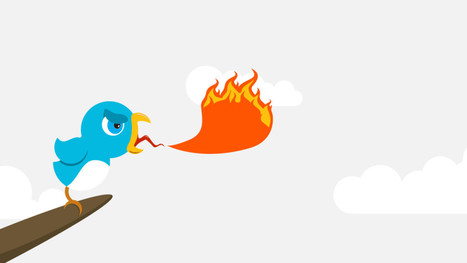
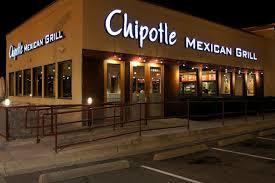
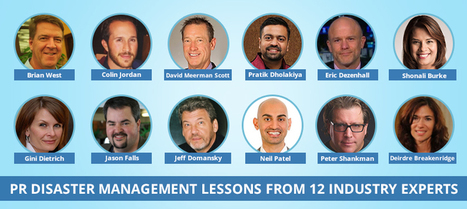


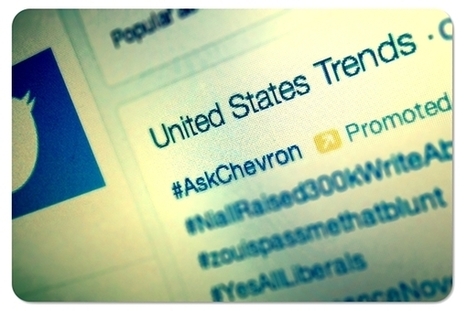








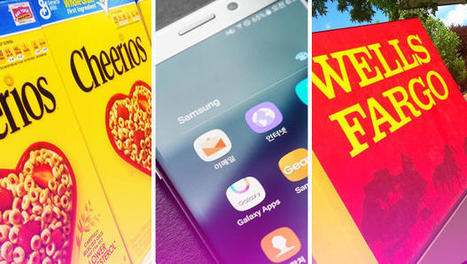


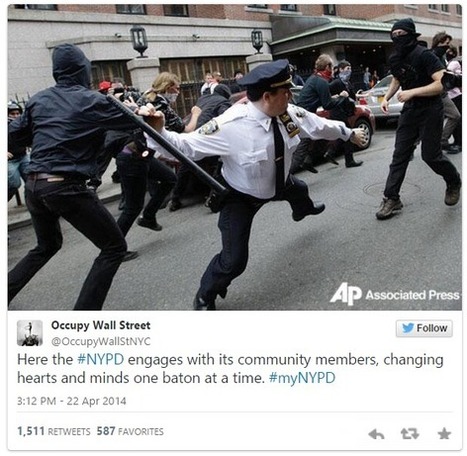


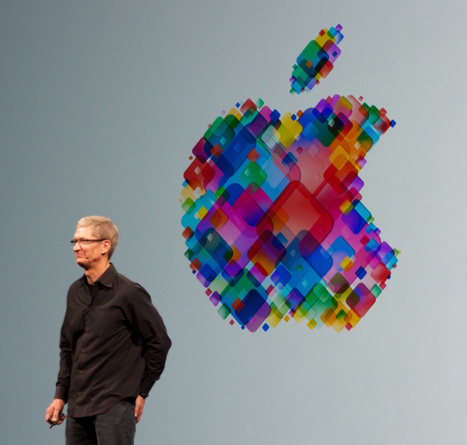

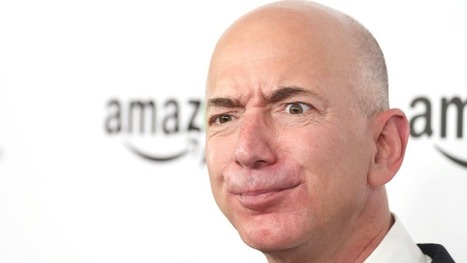

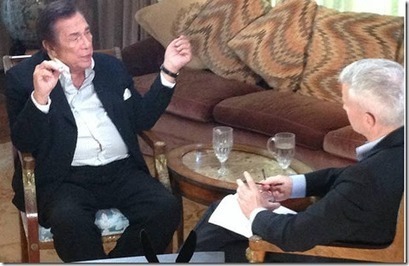
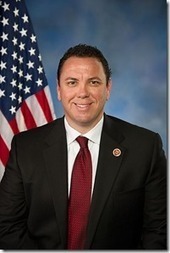












This was a very interesting article because it speaks about the way CEO's speak on behalf of major political issues on their companies and whether they should respond or not so they don’t stir up any controversy or any kind of other issues that would jeopardize their company. The article gives its opinion on whether or not they should respond when there company is the one being involved. It gives info on how some companies customers make for 88% of their respondents. It shares as well how important it is for a company to share their opinion because it comments and keep the opinion preserved and well rounded. Of the executives they reviewed a lot of them said they prefer when someone speaks up for the company and shares a public opinion.